
Wellington T 2606
Bleiswijk’s most senior residents remember the night of September 10-11, 1942. That evening, an RAF bomber, the Wellington T 2606, crashed in a farmer’s field on Overbuurtseweg in Bleiswijk. The aircraft’s pilot was David Oxenham (born on February 24, 1923), a Royal Australian Air Force (RAAF) pilot. Oxenham successfully made a crash landing, saving himself and his four-man crew. The aircraft was flying too low to bail out with parachutes. David Oxenham was born in Brisbane, Queensland, Australia and joined the RAF in England at 18. On September 10, 1942, he and his crew took off with a squadron of bombers from England heading to Düsseldorf, Germany, which is considered the Allied heaviest and most successful attack during WW2. Their mission was successful. Approximately 200 people were killed, 20.000 residents were left homeless, and 40 German factories were put out of action. After dropping their bomb loads, they were attacked on the way back over Gouda by a German M110; the British bomber caught fire, and Oxenham tried to make it back to the English Channel, but he was forced to make an emergency landing. A skilled pilot, Oxenham ensured he did not land in a residential area and steered his plane to crash in a field in Bleiswijk. Many residents of Bleiswijk saw the aircraft, flying low over the Dorpsstraat and the Protestant Church, crash into farmer Bos’ field.
Captured
Oxenham and his four crew members quickly crawled out. Amazingly, only one of them had a foot injury. They hid behind a dike amongst the reeds whilst their aircraft burned fiercely, and ammunition and flares were exploding around them. German soldiers quickly arrived and ran towards the burning aircraft but could not reach it due to the explosions. They also assumed, as they could not see any parachutes, that the crew had all been killed in the crash. The following day, the crew moved to a hay shed and planned to try to contact the Dutch resistance. Suddenly, members of the German Air Force arrived, surrounded the haystack, and captured the men. Whether they were betrayed was never proven, but there was a strong suspicion amongst some residents. Oxenham and his men were taken to a prisoner-of-war camp near Frankfurt. Oxenham was later transferred to Stalag VIII B Lamsdorf, remaining imprisoned until January 1945. In early April 1945, he was liberated in Meiningen (former East Germany) by General Patton’s (USA) armoured division. On April 14, 1945, Oxenham returned to England. After working at a bank for a few years, he returned to the RAF in 1951 and rose to Wing Commander.
First Invitation
Leo Bolleboom from Berkel en Rodenrijs was fascinated by the story of the 1942 crash. After contacting the RAF in England, he received the names of David Oxenham and his crew and wrote to them all.
Only one letter was returned, and that was from the pilot David Oxenham. In this letter, Oxenham answered several of Leo Bolleboom’s questions and even included a copy of one of the pages of his 1942 Pilot Logbook. The letter provided sufficient reason to give him a call. In it, he expressed his desire to come to the Netherlands around Liberation Day. Oxenham was officially invited by the Oranjecomité Bleiswijk and Resistance fighters for Queens Day, April 30, 1985.
With a now open correspondence between Oxenham and Bleiswijk, he said he would arrive at Soesterberg Airbase on April 28, 1985. Oxenham also unexpectedly organised to fly a Hercules transport carrier of the RAAF himself to the Netherlands during a training flight with one stopover made in Marseille, France. On April 28, 1985, at the Soesterberg Airbase, he was welcomed by Cor de Ruiter, Chairman of the Oranjecomite and Leo Bolleboom and brought to Bleiswijk, where he resided at the home of Family Gimberg. The Mayor Jac. Van der Linden officially welcomed Oxenham to Bleiswijk.
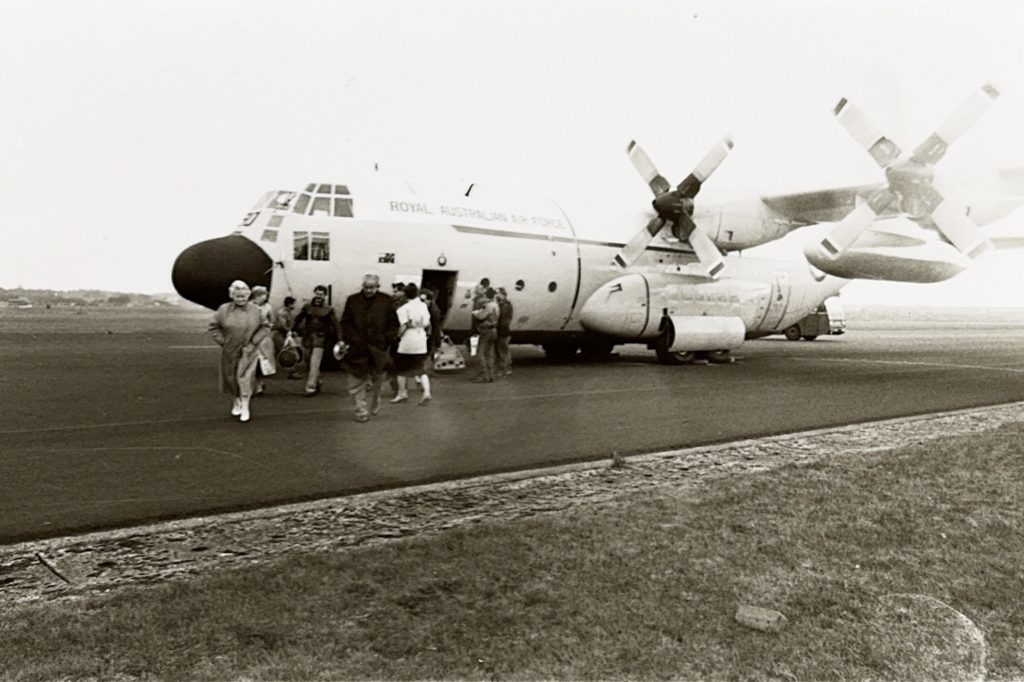
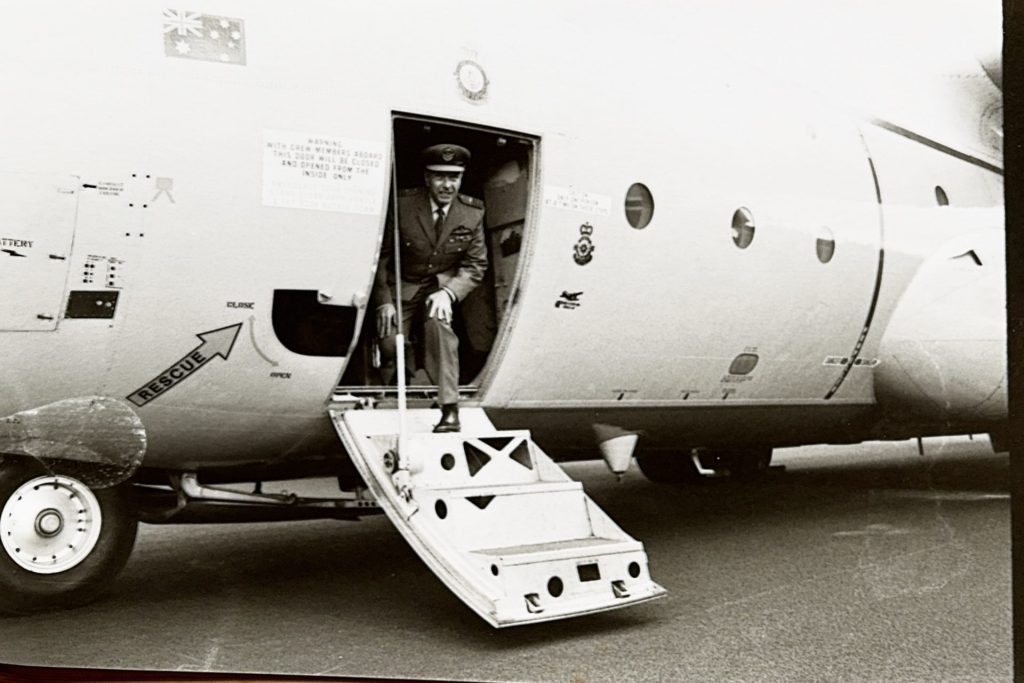
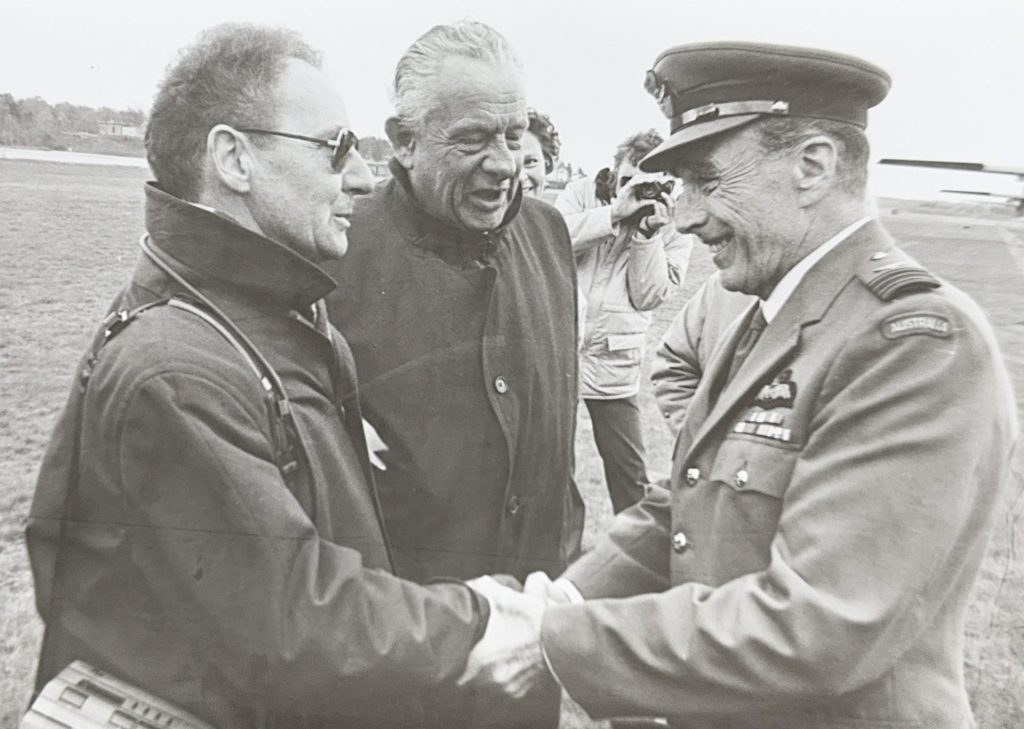
The following day, Oxenham went to the site where his aircraft had crashed. Family Gimberg organised a flight for Oxenham over Bleiswijk, Bergschenhoek and Berkel en Rodenrijs, which he immensely enjoyed, making a deep impression on him. Queen’s Day 1985 was a fun-filled and memorable day for Oxenham. The morning began at the Town Hall with a ceremony honouring Oxenham. In the afternoon, he was given a tour of the Rottemeren nature reserve. He was invited to the Orange Ball at the local Parrish Hall in the evening, where the Queen’s Day traditionally concludes. Before returning to Australia, Oxenham visited Leo Bolleboom and his family in Berkel en Rodenrijs.
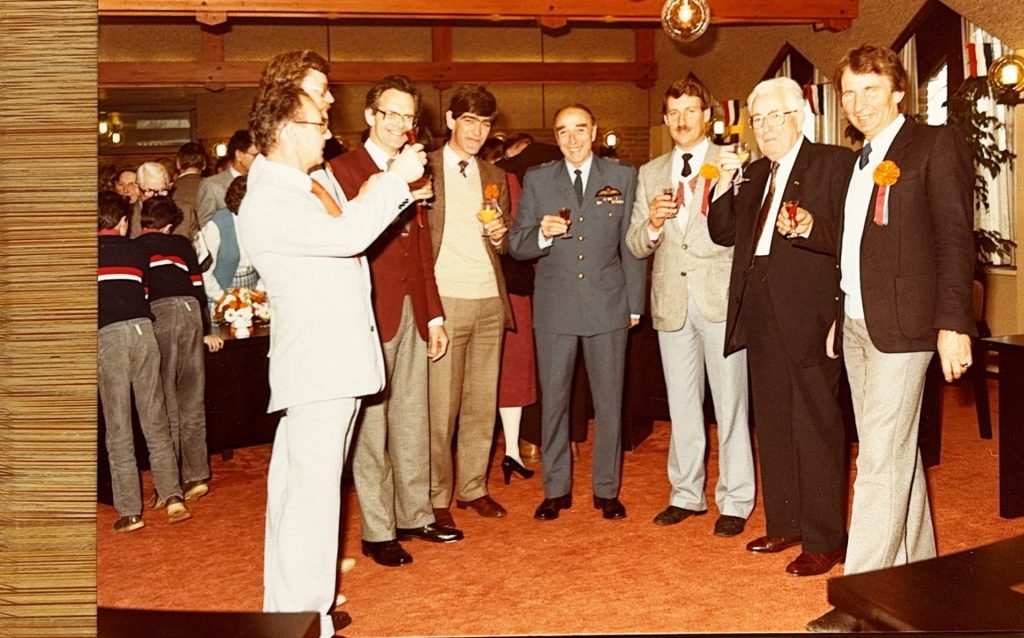
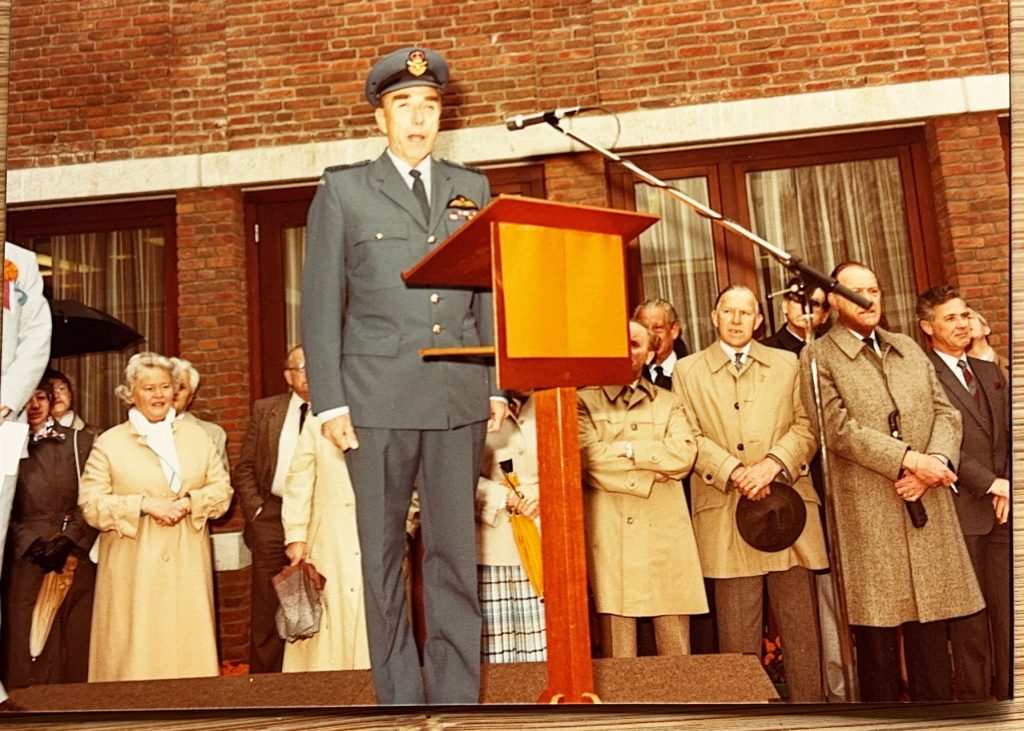
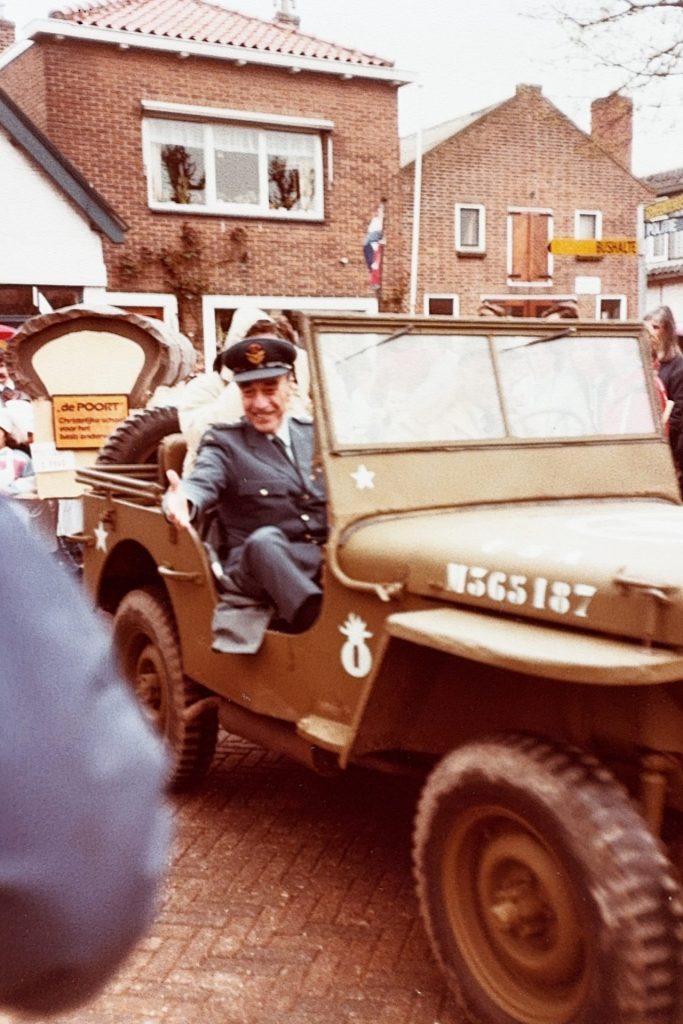
Second Invitation
At the invitation of Leo Bolleboom himself, Oxenham returned to the Netherlands for a second time in September 1986. He again revisited the site of his crash, which significantly moved him. As a ‘pragmatic’ former soldier, he said that he was ‘fortunately shot down by an Ace’ at the time. Ace was the nickname for pilots who had shot down multiple aircraft during the war. He even regretted that the pilot who had shot him down, Oberfeldwebel Heins Struning, had died at the end of WW2. He expressed respect for this man. This characterises what a brave, genuine soldier Oxenham was. Oxenham was only 74 years old when he passed away in October 1997.
Bas Metselaar of Bergschenhoek, who has also since passed away, must also be mentioned in this story. It was he who retrieved a piece of a parachute at the crash site in 1942. Metselaar’s sister embroidered the date of the crash on that piece of fabric, which in turn led Leo Bolleboom to investigate for more information about the crash and the crew and ultimately obtain David Oxenham’s address.
This year, on April 20, 2024, Susan Oxenham, the granddaughter of pilot David Oxenham, and her husband Tim from the USA came to Bleiswijk, and it was an honour and pleasure meeting her. What a special day we experienced! Cor de Ruiter and Leo Bolleboom, who had personally met David, made the day an even more special occasion for Susan Oxenham, David Oxenham granddaughter.
Léon and Vivien Erwich of the Oranjecomité Bleiswijk (socb.nl) hosted this special day, made possible by an unbelievable series of events by Susan’s family friend, Harm Theunissen. Theunissen contacted Bleiswijk’s Stijn Molleman Home | Museum Depot 40-45 whilst searching for WW2 information in Bleiswijk about the pilot David Oxenham.
Ariane Kok (Photography) captured the day with incredible photos.
Stijn Molleman and Andreas Huurman showed Susan in Depot 40-45 Leo Bolleboom’s book, which contained photos, a logbook, and memories of Oxenham’s two visits to Bleiswijk. This made Susan’s day one that she and all present will never forget.
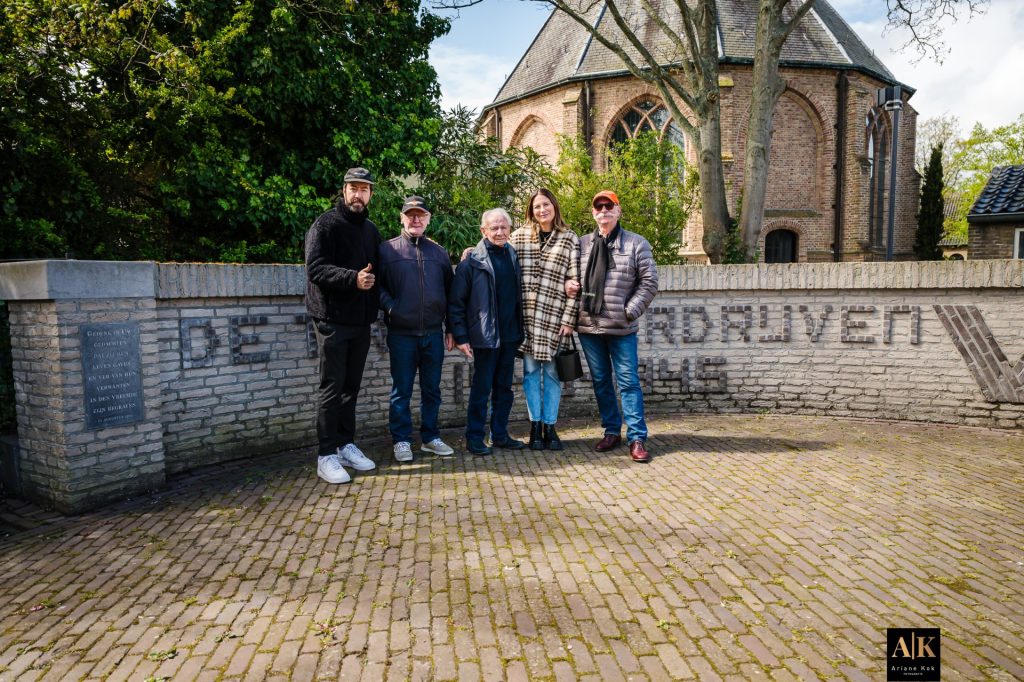
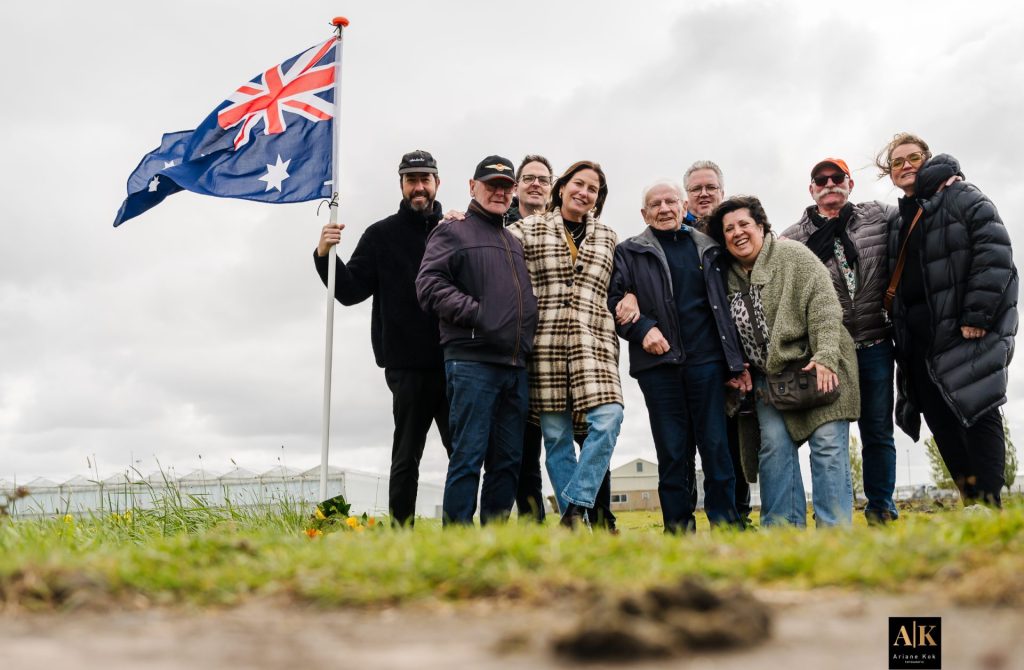
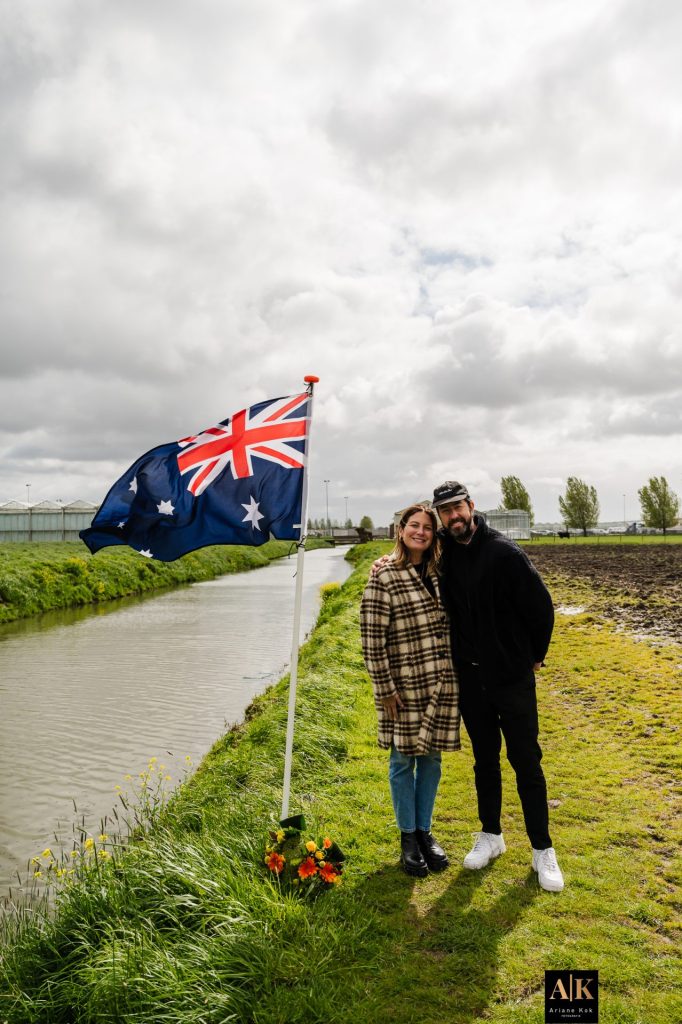
memorial day 2024 April 20
Sources for this story:
Leo Bolleboom. Cor de Ruiter.
De Schakel April 24, 1985; article by John Hofman.
Zoetermeersche Courant September 24, 1986.